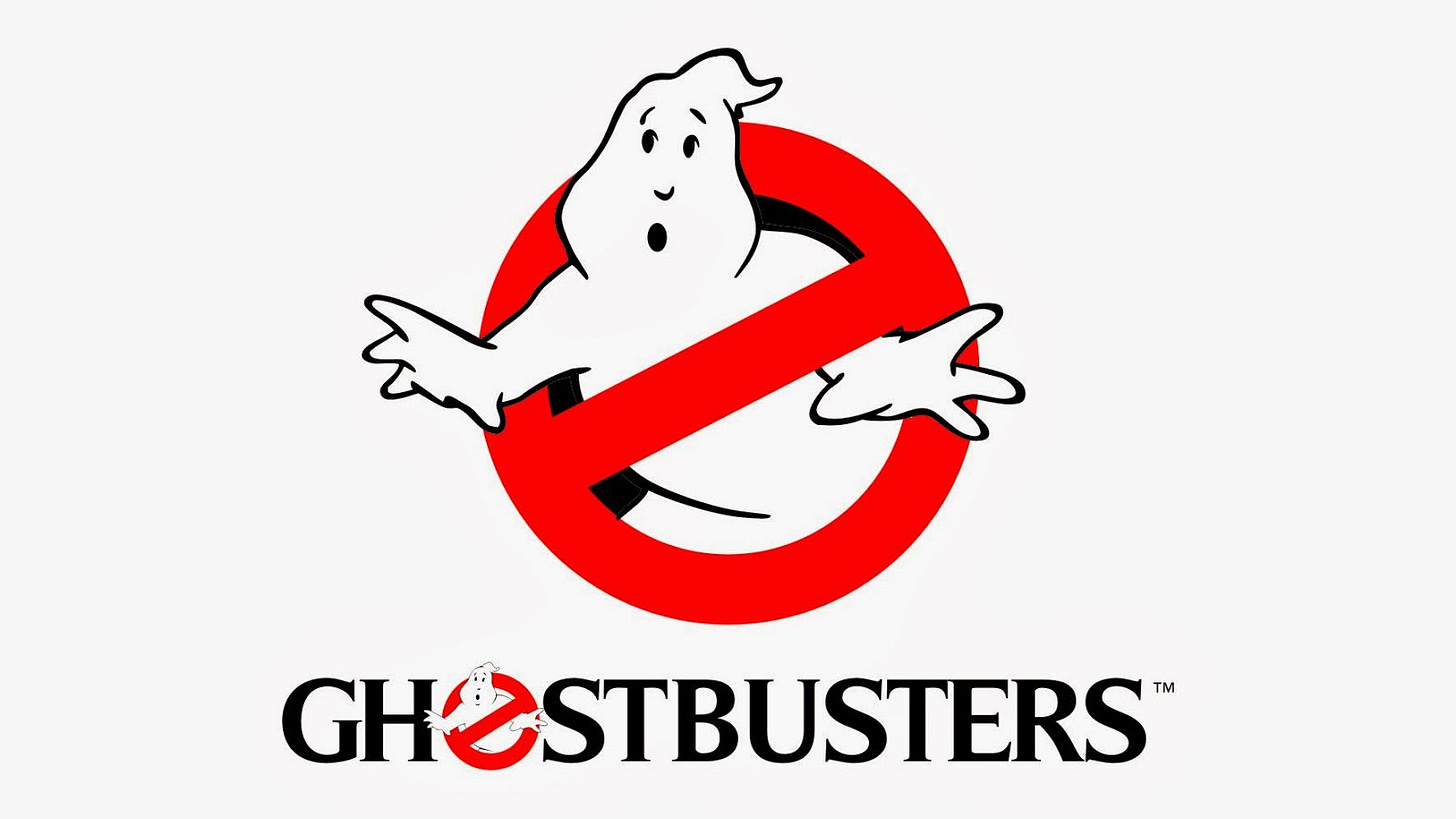Ghostbusters: Afterlife Is One Fine Family Film
The movie gives enough nostalgia while keeping its heart.
Ghostbusters was a major hit in 1984 -- at the time, it was the highest-grossing comedy at the box office. It gained an ardent fan following, one that continued well into the 1990s and beyond, long after the 1989 sequel was released and an animated series ended its run.
An attempt to relaunch the franchise in 2016 failed (and that's a topic for another day), but now comes the latest attempt to revive it, in the form of Ghostbusters: Afterlife. And this one works, though not on the level you might think.
The original Ghostbusters worked well because of the chemistry between the three leads: Dan Akyroyd, Bill Murray and Harold Ramis, with a host of supporting actors who fit right into their roles -- among them, Ernie Hudson, who becomes the fourth member of the ghostbusting contingent.
Ghostbusters: Afterlife takes a different approach. Rather than focus on comedic chemistry and plenty of hijinks with spooky spirits, the new film focuses on family, forgiveness and finding your place in the world. Ghostbusting itself doesn't play a major role (though you get plenty of it), but the need isn't there.
And that's because you have three lead actors who make the whole thing work: Carrie Coon, Finn Wolfhard and Mckenna Grace. The three are a family who has fallen on hard times, with Coon's character Callie estranged from her father, but winds up inheriting her father's farm. It's her daughter Phoebe (Grace) who stumbles upon her grandfather's secrets, while Callie's son Trevor (Wolfhard) initially struggles with adjusting to a new life, but soon finds himself alongside his sister in her exploits.
Throw in Podcast, a young boy who becomes friends with Phoebe, and Lucky, a girl who Trevor has a crush on, and you get a contingent of youngsters who uncover secrets which suggest that Callie's father wasn't going out of his mind as some believed.
The heart of the movie is Callie and her children, with Phoebe taking the lead role in events. She shares her grandfather's affinity for science and, when she suspects something supernatural might be afoot, her curiosity grows. Along the way, she learns more about what she’s meant to be.
It's a different take on the first film, in which the heart is four men who couldn't be different in terms of their personalities but work together to confront a problem. And while the first film goes further with the humor, the second film doesn't forget to inject laughs along the way, but does keep a serious side when it comes to exploring family relationships.
If you're looking for humor, you'll get plenty of that from Paul Rudd, who plays high school science teacher Gary Grooberson. He brings his charm and wit, but doesn't overshadow who is supposed to be the focus of the film.
The final act of the film does dive deeper into nostalgia, but that's arguably when it needed to do so. But it never loses sight of who is the primary focus of the film and allows Callie, Phoebe and Trevor to find peace with themselves and form a closer bond.
If you're looking for a lot of scenes in which people encounter the supernatural and hilarity ensues, this isn't the film for you. But Ghostbusters: Afterlife isn't simply about the supernatural -- it's about the importance of family and it does a great job with that. And, in the final scenes, it finds a way to pay tribute to the original cast.
Ghostbusters Afterlife may very well be the film that is needed to introduce the franchise to a younger generation, while making fans of the original film quite pleased.

